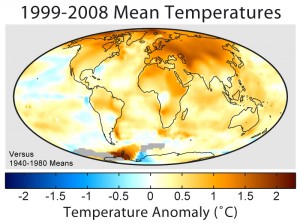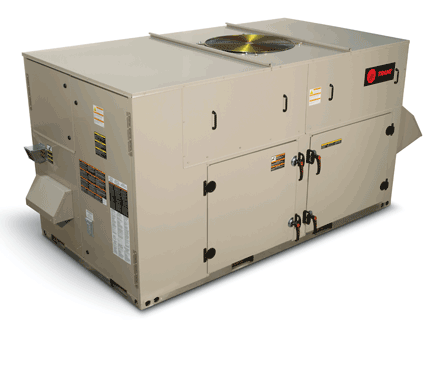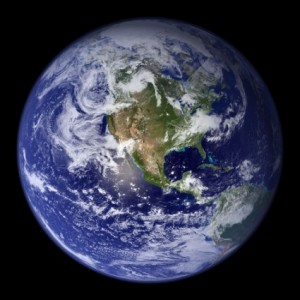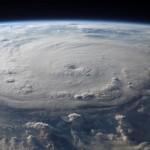Arizona AC Energy Consumption Exceeds National Average
 Rising Arizona Temperatures Increase Arizona AC Energy Consumption To Twenty-Five Percent
Rising Arizona Temperatures Increase Arizona AC Energy Consumption To Twenty-Five Percent
From the U.S. Energy Information Administrations “Quick Facts” report concerning the Arizona state profile: 25-percent of the Arizona home energy consumption goes into home air conditioning (1). That’s four times the national average for energy usage directed into home cooling. On the plus side, heating Arizona households require less energy than the national average. In fact, the yearly average energy usage in Arizona homes runs at 26% less Btu of energy per home than does the typical U.S. home.
Then comes another negative side. The bulk of the consumed household energy goes toward Arizona AC equipment, equipment that typically operates from electricity, a relatively expensive means of creating energy. Furthermore, the typical Arizona household puts out around $1,700 per year on electricity. That’s roughly 14,000 kilowatt-hours consumed per home. According to the EIA report, more than 90% of Arizona households reap the benefits of installed and functional air conditioning — and 86% of those units are central AC systems.
Note that the expenses and energy consumption is averaged based upon an average Arizona home square footage of 1,798 feet. Larger homes require more cooling performance at a higher rate of energy consumption.
What Rising Temperatures Means To Your AC Lifespan
If purchased as a reputable manufacturer’s brand name and installed by a reputable and experienced HVAC installation company, you can expect 15 to 20 years lifespan from a central air conditioning system (2). But it is not just about the type of equipment and the quality of the installation. Usage and maintenance also play a major role in the lifespan of your home cooling system. And the say the least: Arizona AC usage leaps high above the national average.
Battling year after year of exceptionally smoking summers accelerates the rate of wear and tear on any home cooling system. However, you can help reduce the labors of the unit.
It begins by making certain that your unit is right-sized for your Arizona home. Ask your Arizona home AC expert about two-stage air conditioning system. Due to less on-and-off cycling, the two stage units tend to last longer than other type central units.
More tips…
- Chose an established, reliable and experienced Arizona AC installation company
- Follow up with routine maintenance
- Change the air filter before it becomes a problem
- Take care of your outside condensing unit
- Schedule an annual maintenance plan with your local dealer.
Climate Change Affecting Arizona AC Lifespan
According to the 2013 State of Arizona Hazard Mitigation Plan Risk Assessment, the on-going effects of climate change are evoking increased temperatures throughout the American southwest. Arizona is no exception. Since 1895, summer temperatures have been on the rise, topping the 20th century average summer after summer throughout this century. 100-plus degree days come more and more often. The 1981-2010 maximum July temperature in Phoenix and surrounding areas comes in at 110-plus.
Yet metropolitan Phoenix, Arizona remains among the fastest-growing urban regions in the U.S.. This adds to the increase in temperatures. By the year 2000, the nighttime minimum central Phoenix temperature was up by 9 degrees F. All of it comes together in a cascading effect that impacts animal, plants and humans, which in turn means that more and more demand is placed on your in-home Arizona AC system.
increase in temperatures. By the year 2000, the nighttime minimum central Phoenix temperature was up by 9 degrees F. All of it comes together in a cascading effect that impacts animal, plants and humans, which in turn means that more and more demand is placed on your in-home Arizona AC system.
But rolling back the effects of climate change is going to be a long slow process. In the mean time, you still need to stay cool. So take care of existing air conditioning system, and when the repairs begin to outweigh the value of the unit, call American Cooling and Heating for an immediate and cost-effective cooling system replacement.
- 1) EIA Arizona State Profile and Energy Estimates
- 2) 2013 State of Arizona Hazard Mitigation Plan Risk Assessment



